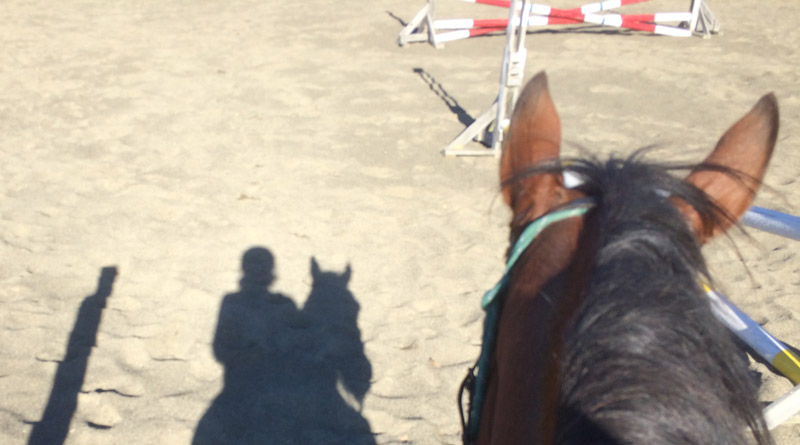Ireland’s Agriculture and Food Development Authority has produced a 10-step video series that aims to help protect horse health.
Teagasc, in association with the Irish Equine Centre, and University College Dublin’s School of Veterinary Medicine, joined forces with industry ambassadors Cathal Beale (Irish National Stud); Sarah Ennis (Sarah Ennis Eventing), Neilus Hayes (Knockainey Stud), Andrew Hughes (Ennisnag Stud), Cian O’Connor (Karlswood Stables), John O’Connor (Ballylinch Stud), and Richard Sheane (Cooley Farm) for the series which was filmed at several locations, including Dermot Weld Racing, Gordon Elliot Racing, Ross O’Sullivan Racing and Staffordstown Stud.
Teagasc said that reducing the incidence of disease or ill health, and the spread of infection where disease occurs, must always be at the forefront of equine health management.
During the “10 steps” launch at the RDS Dublin Horse Show, Vivienne Duggan, Associate Professor of Equine Medicine at the School of Veterinary Medicine UCD, said it was increasingly difficult to kill pathogens and treat infectious disease when it was really needed.
“Antibiotics and anti-parasitic drugs are simply not as effective as they once were. We must place more emphasis on disease prevention. A very important element of this approach is ensuring equines have a ‘clean’ environment to inhabit, and ‘hygienic’ high quality feed, water and bedding sources. The best prevention of asthmatic conditions and optimisation of respiratory health overall is to decrease exposure to dust in the environment while also providing well-ventilated spaces.”
Teagasc Equine Specialist Wendy Conlon said: “Whether you own a child’s pony or an international sport horse, have a private or public stud farm, train point to pointers or racehorses, own donkeys or happy hackers, it really doesn’t matter – infection or disease will treat each with equal disdain.
“Our role as owners, managers, grooms, caretakers, riders, health professionals, and all who care for their most basic needs is to pay attention to the small things first, which lay the foundations for healthier horses in the longer term, and protect your pockets also in the process.”
Alan Creighton, Head of Environment and Nutrition at the Irish Equine Centre, said a balanced approach to biosecurity was necessary.
“We cannot sterilise everything, nor should we. Non-pathogenic microbes are also essential to life. However, preventing illness can be achieved by ensuring equines are never faced with an overwhelming challenge risking illness. Targeting the hygiene of high traffic zones in the stable yard (foaling boxes, stocks, mechanical walkers, transport vehicles) and at pasture (gateways; feed/water trough areas) while engaging quarantine practices, controlling stocking densities, and separating animals into small groups of similar risk category goes an awful long way to preventing illness/ disease.”
